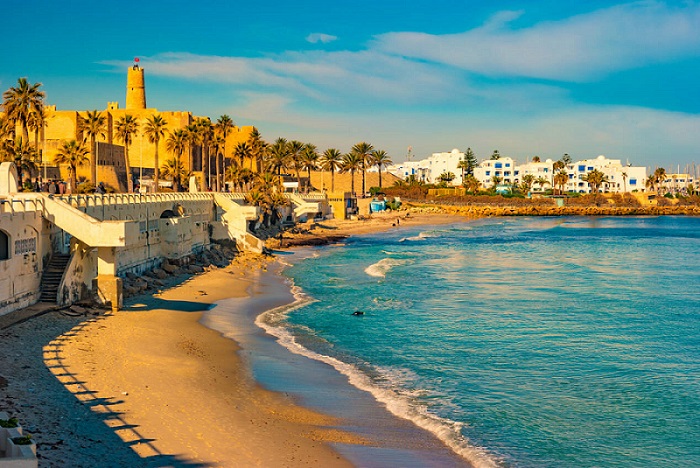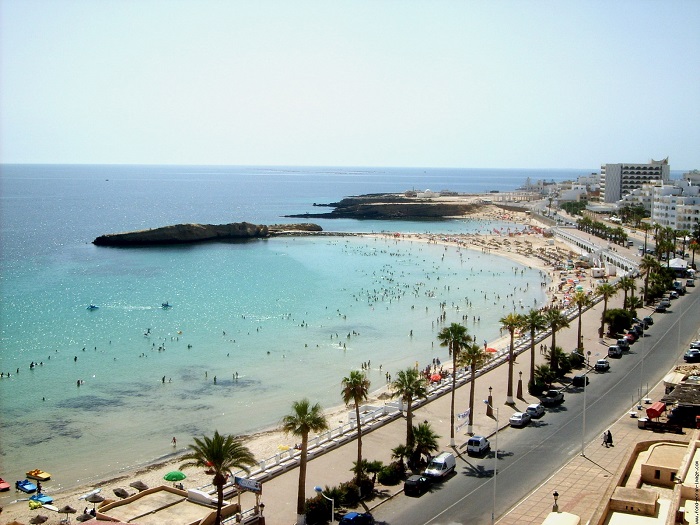
|
|
|
VISA & TOURISM > Tourist Attractions
During your stay in Monastir, take the time to discover some of the city's monuments. Here is a selection: The ribat and the Museum of Islamic Arts: according to a legend, you reached paradise (just that!) if you had garrisoned there for 3 days. Founded in 796, the original ribat, already fortified, was subsequently surrounded by other thick ramparts. It was carefully restored in 1970 and served as a filming location for several films, notably the famous A quarter to two before Jesus Christ by Jean Yanne, in 1982. The whole mixes different architectural styles: stairs, narrow passages, surrounding wall, defenders' housing, women's ribat, octagonal towers... not one of these structures resembles another, not a shadow of symmetry between all these elements. In the courtyard, bordered on 3 sides by 2 or 3 floors of cells, stands the nador, the round watchtower of the warrior monks. You can climb the 87 steps to enjoy a beautiful view of the whole area and the surrounding area. Finally, the Museum of Islamic Arts is installed above the old oratory, known as the women's ribat. There we find woodwork from the minbar of the Great Mosque of Kairouan, fragments of steles and manuscripts in Kufic script, ceramics, illuminations, coins, old fabrics and miniatures;
The Great Mosque: it dates from the 9th century and was enlarged in the 11th century by the Zirids. But it is poorly named because, in reality, it is smaller than the Bourguiba mosque. Inside, some of the columns rest on antique capitals; The Bourguiba mausoleum: the place for the construction of the Bourguiba mausoleum was not chosen at random, it was erected at the end of a solemn alley, on the exact location of the grave of the parents of the “Father of the Nation ". It is a symmetrical construction, flanked by two 25 m minarets. Above the golden dome rests the president. Construction lasted more than 20 years and the finest materials were used: olive wood, marble, fine gold... In an adjacent room, the personal effects of the “Supreme Fighter” are exhibited in a reconstruction of his office;
|



